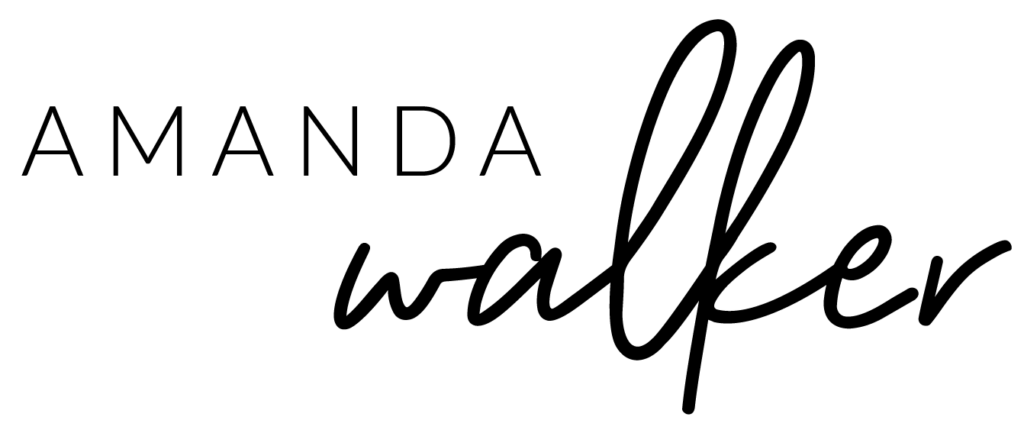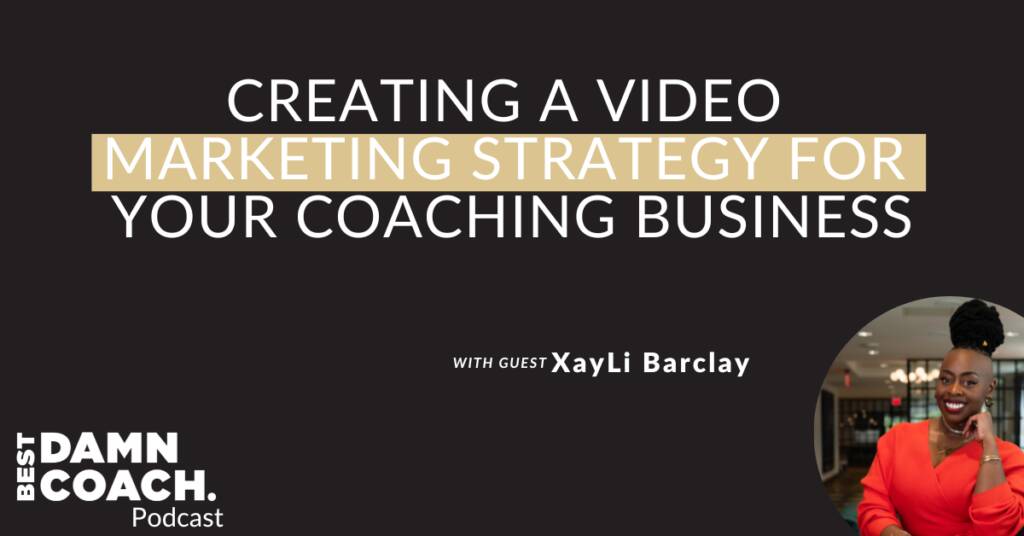Creating A Video Marketing Strategy For Your Coaching Business With XayLi Barclay
Video has become an important tool for coaches to connect with their audience and build a strong brand presence. However, many coaches struggle with the fear of being on camera and the perceived need for high-quality production. Today we will hear from video expert XayLi Barclay, how coaches can overcome their fear of video work and maximize their return on investment through a video marketing strategy.
XayLi Barclay is a Video Content Creation Coach and Thinkific Expert for Online Business Owners. She specializes in helping entrepreneurs effectively stand out, attract, nurture and sell to their target audience with video content. Through educational video content and online courses, she teaches others how to effortlessly create the visual learning experiences they’ve always dreamed of in order to unlock multiple revenue streams, attract paid opportunities and connect on a deeper level with their audience.
Maximizing ROI with Video marketing strategy
-
Overcoming fear
XayLi said that no one is ever fully ready to be on camera. However, shifting the focus from oneself to serving the audience can help overcome fear and nervousness.
-
Starting with what you have
High-quality equipment is not necessary to start creating video content. XayLi encourages coaches to use their smartphones and focus on their energy and message rather than the technical aspects.
-
Unique value
XayLi advises coaches to embrace their unique experiences, interests, and perspectives as part of their video content. Sharing personal stories and connecting with the audience on a relatable level can make a coach stand out.
-
YouTube as a search engine
XayLi highlights the power of YouTube as a search engine and a platform for sharing valuable content. By creating videos that answer frequently asked questions, coaches can position themselves as experts and attract their target audience.
-
Repurposing video content
XayLi suggests repurposing video content for various platforms and purposes, such as blog posts, email newsletters, and social media shorts. This maximizes the reach and impact of the content.



